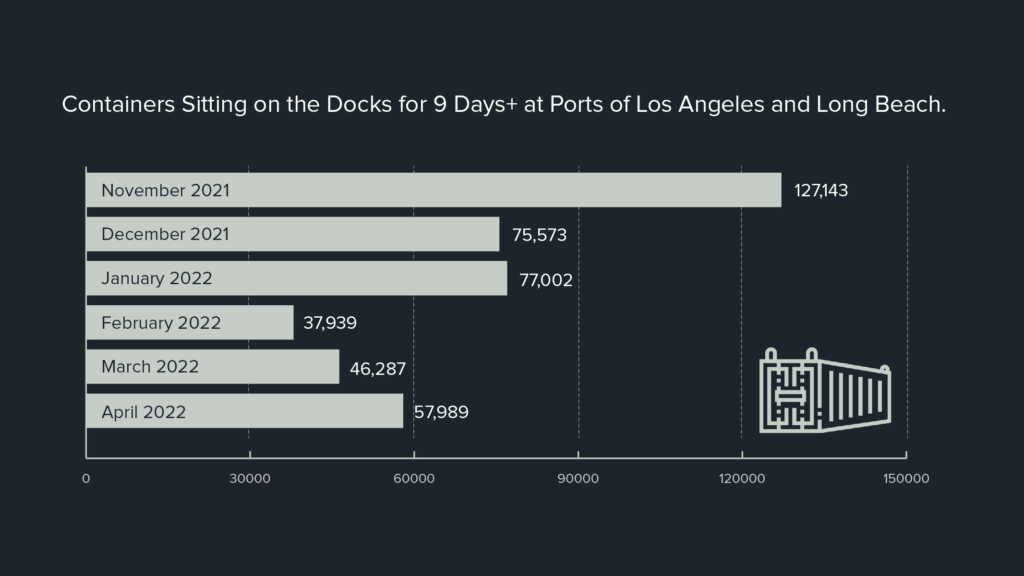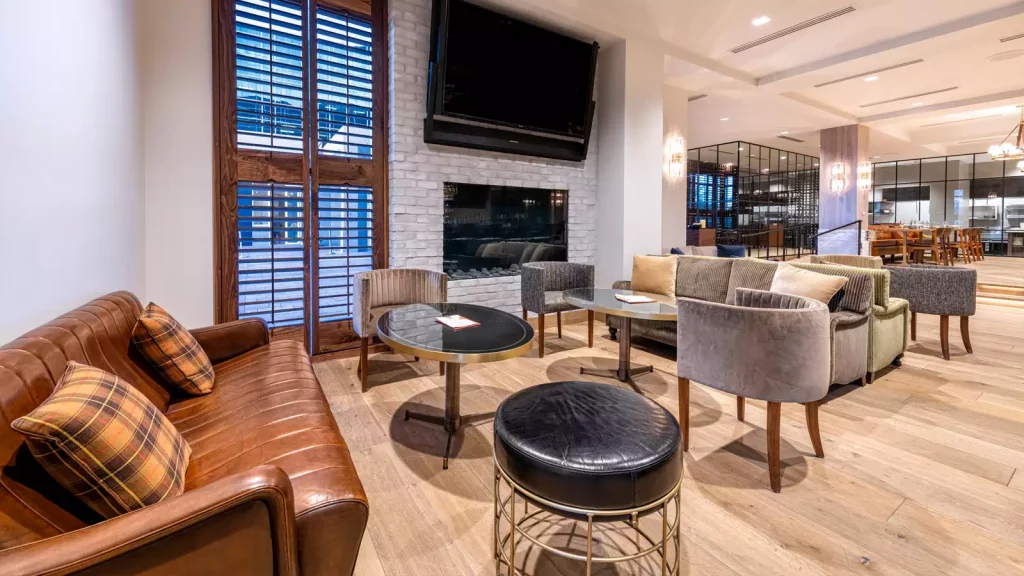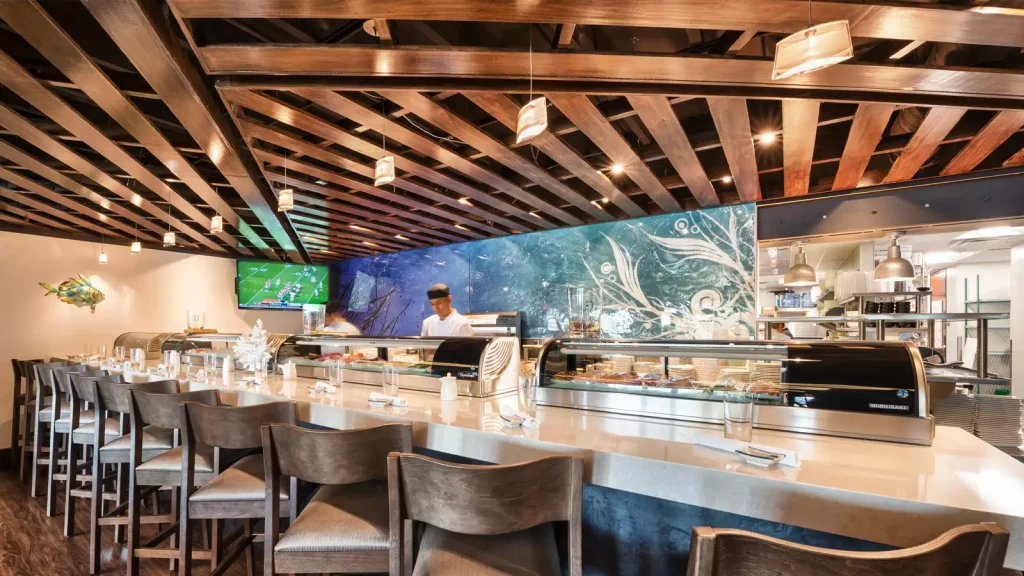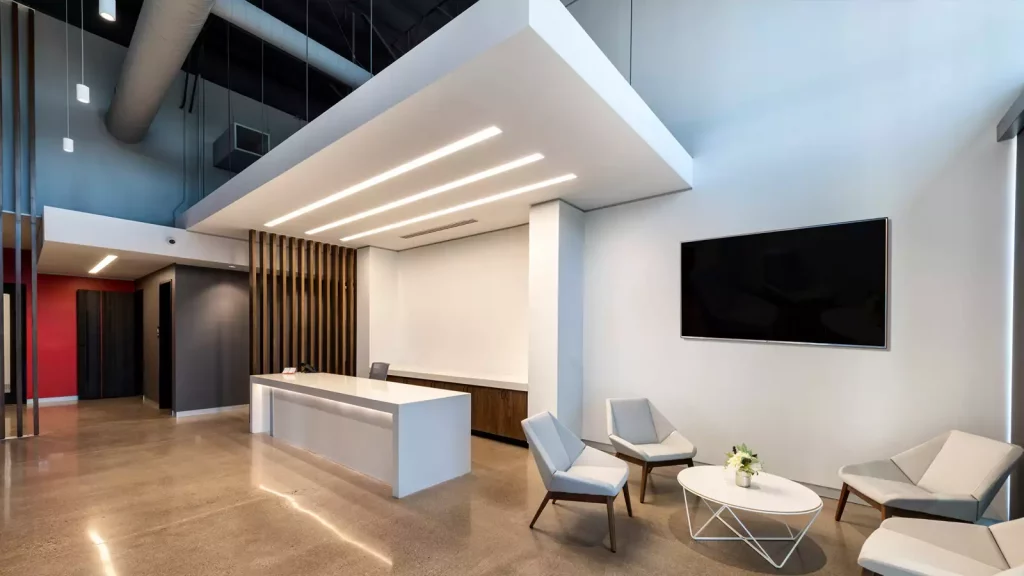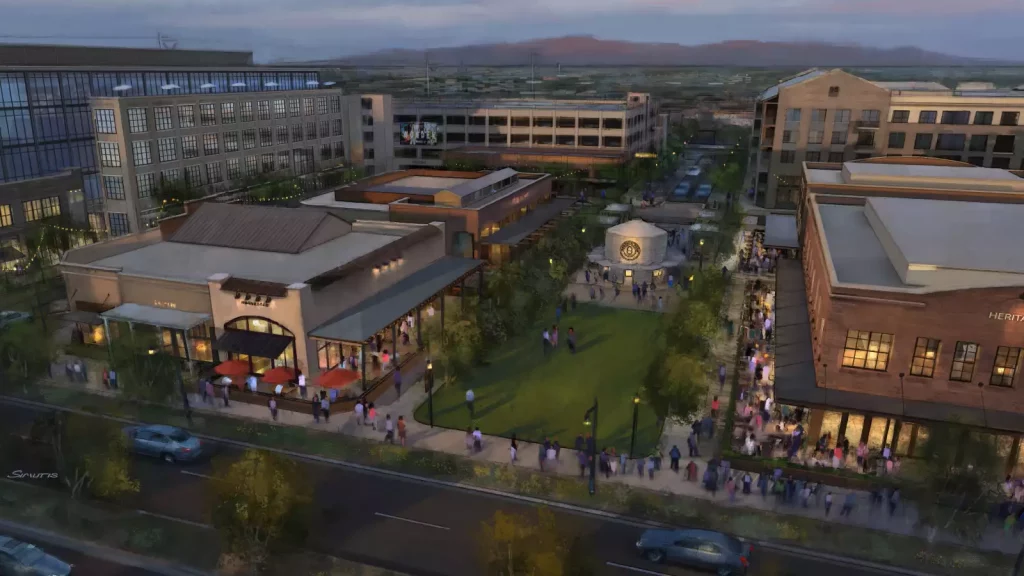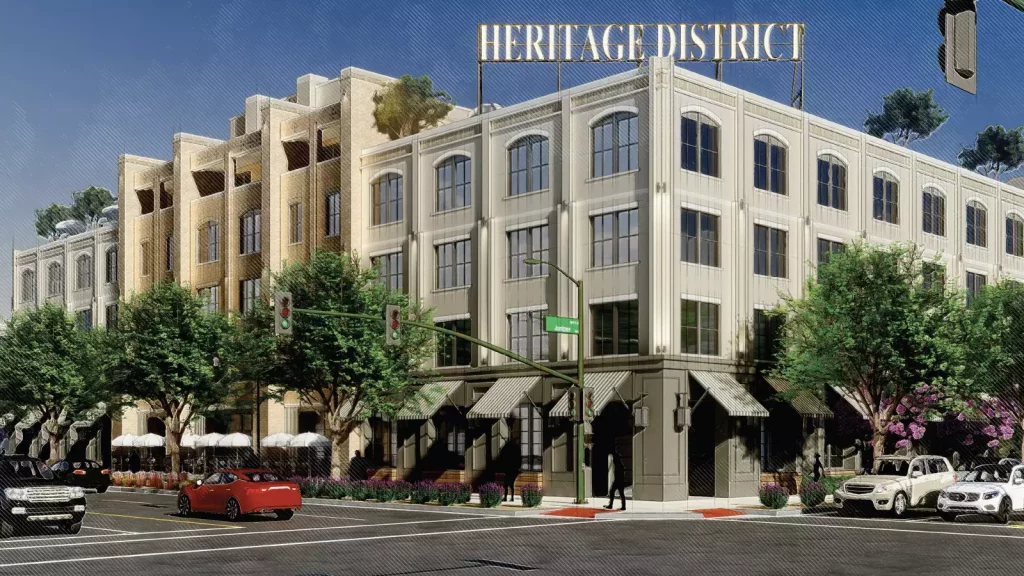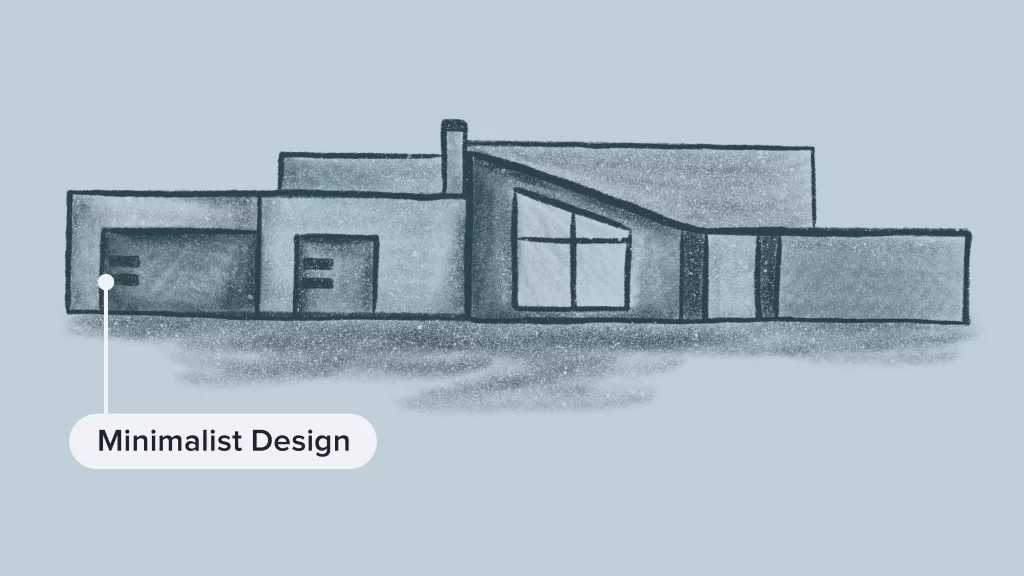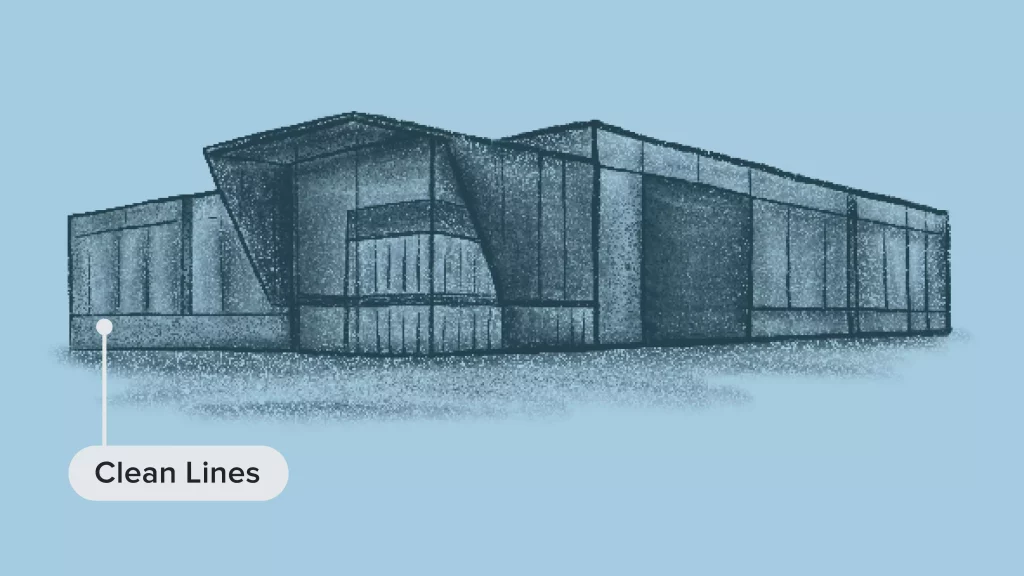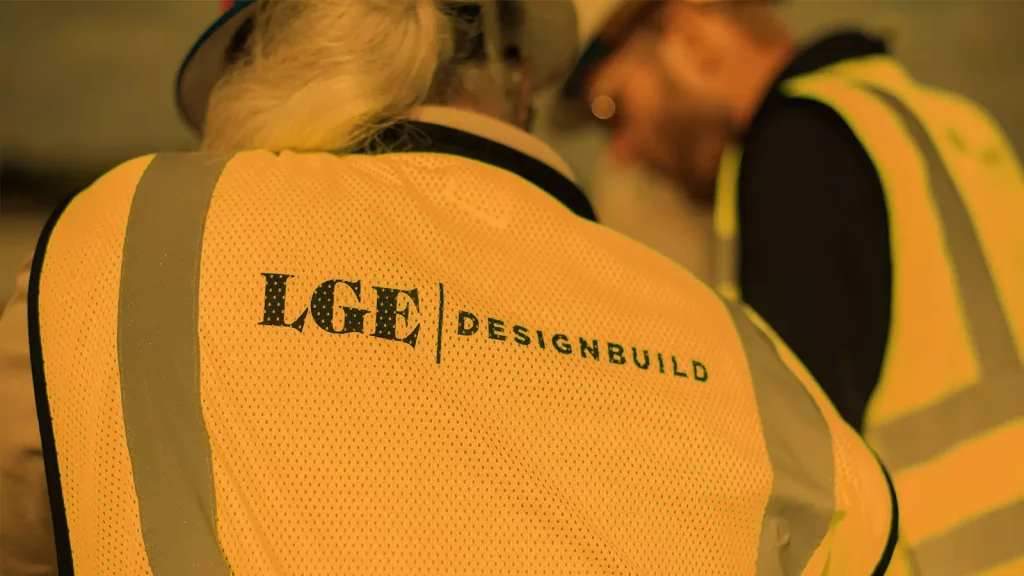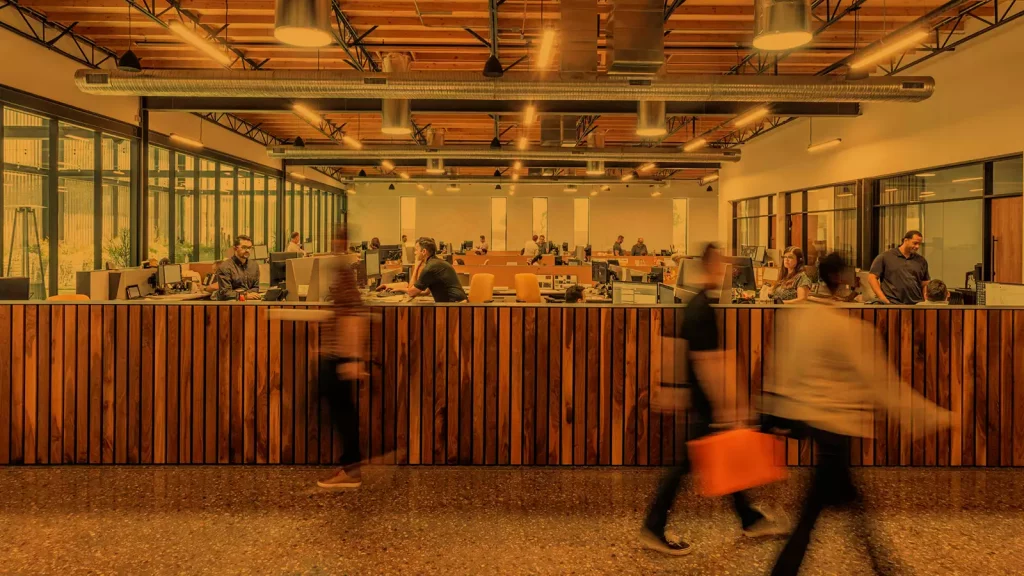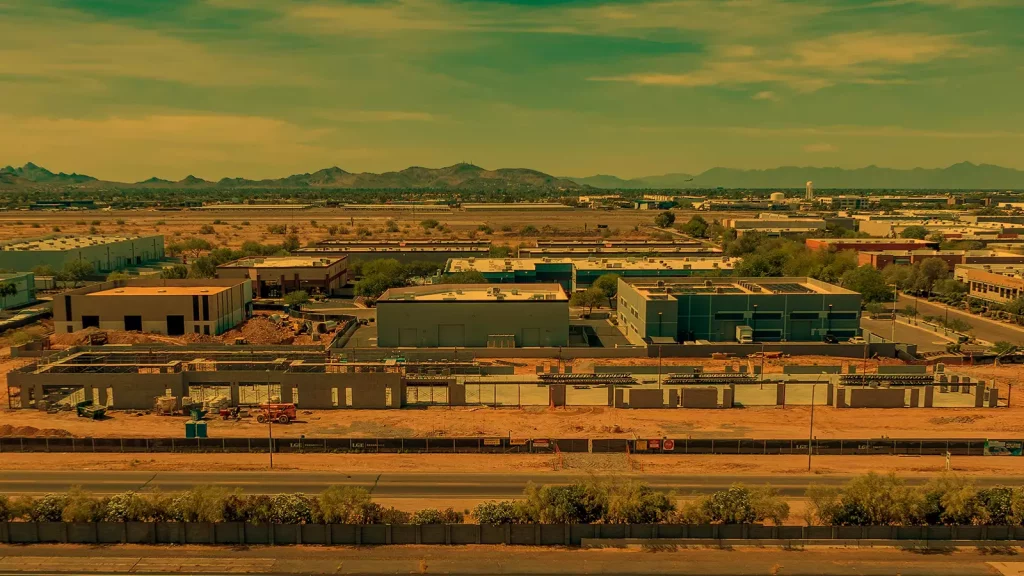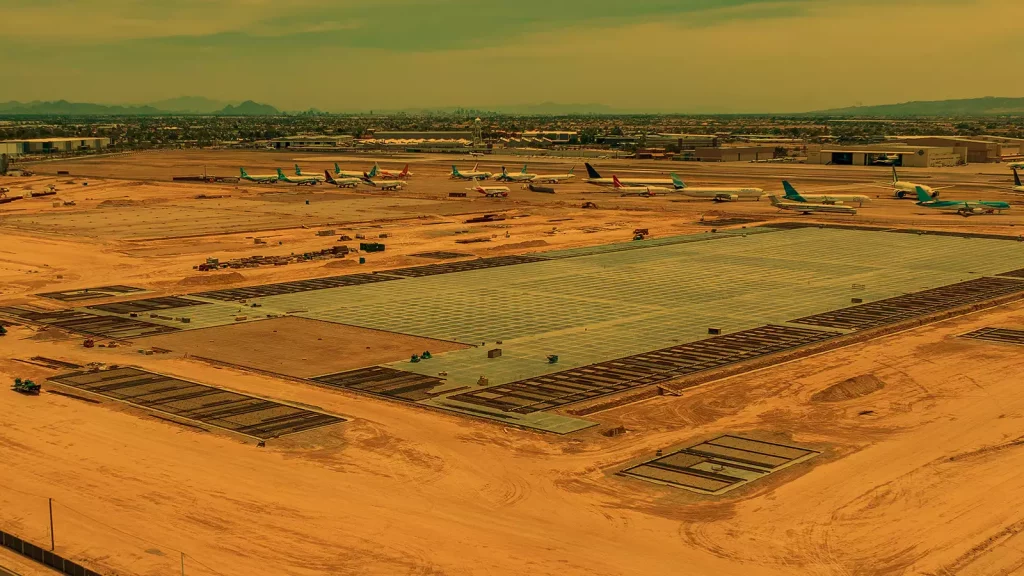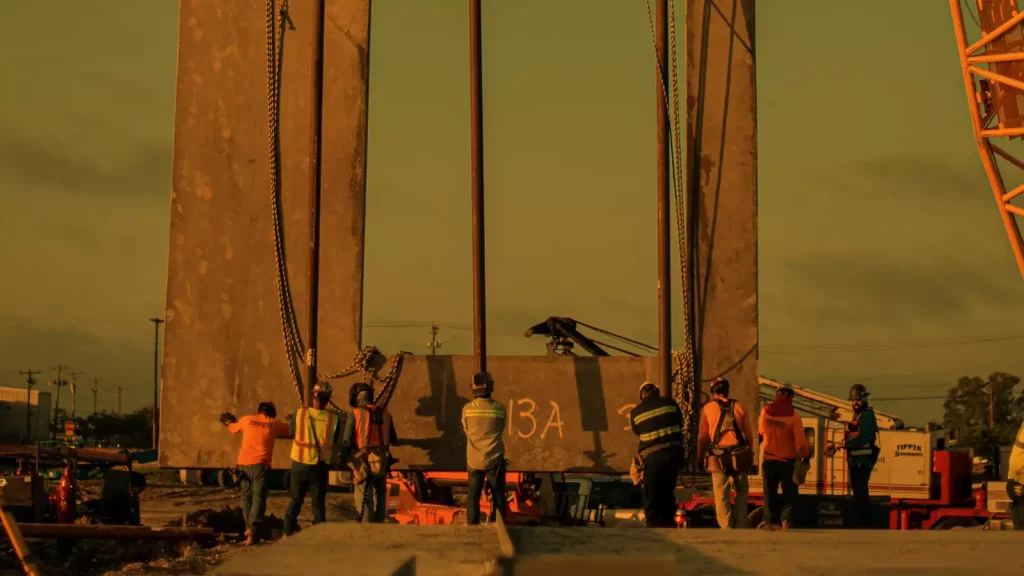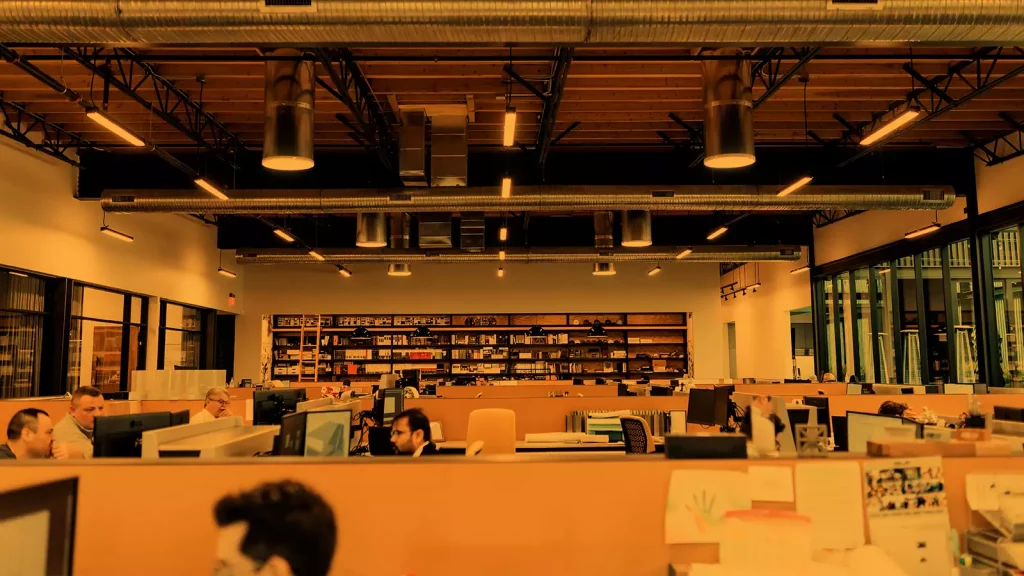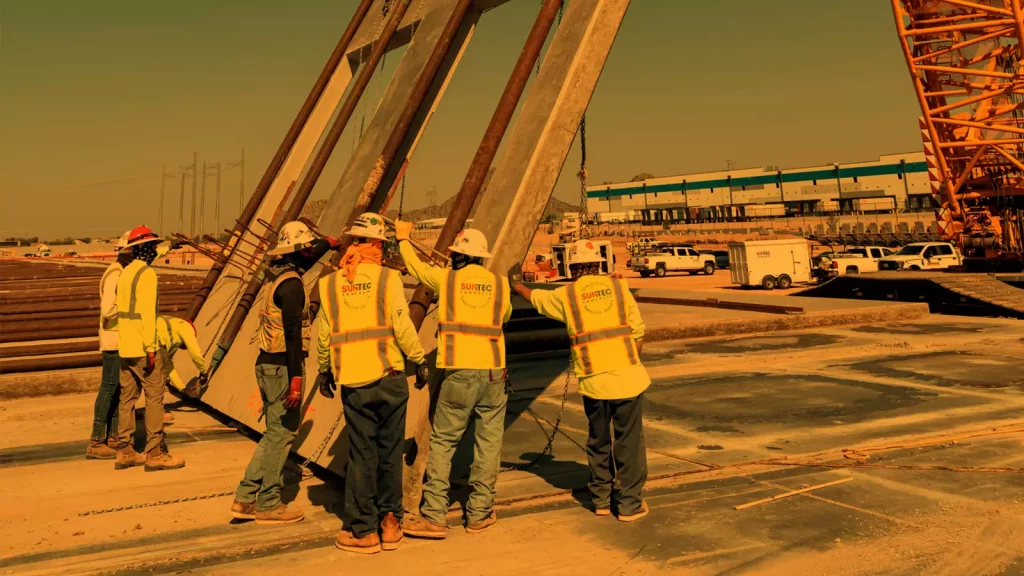As part of an on-going effort to grow our operations in the Dallas-Fort Worth area, LGE Design Build recently took one more integral step toward our goal of setting the bar in this flourishing market. At the end of last month, we brought on Caleb Parsons to be our Director of Construction at our LGE Texas headquarters in Dallas. Caleb has already drawn from his deep well of experience to hit the ground running in his new role. Last week, we were able to catch up with him and hear more about his background in the construction industry that dates back to his childhood.
You come from a long line of builders in your family. How has that impacted you throughout your career?
From a young age, construction is all I knew. I find myself leaning on the experience and knowledge that my grandfather and father taught me. This first-hand understanding of construction skills has always been a valuable tool in seeing the full scope of the construction process and identifying potential issues before they occur.
Other than those in your family, who has had the biggest impact on you, professionally?
Abhishek Gupta. He was my Senior Project Manager on the SCVM Hospital Project and has stayed in touch and mentored me for the last 12 years. Gupta has taught me the value of first-hand communication and to always challenge the roadblock before trying to solve an issue.
What is your background geographically? And what is your connection to Texas?
I was born in a small logging town in Washington State. I have lived and worked in Maine, Arizona, California, Washington, and now Texas. Texas has been a goal of my wife and I for the last 8 years, and we are proud to have made it here and ready to establish our roots deep in the community.
You owned and operated your own business. Tell us a little more about that and what it taught you about leadership.
I would say that leadership was identified as a necessary skillset early in the process. As I was building the company from extremely small roots, it became clear to me that I could not accomplish my goals on my own. I would need the support of my staff, local suppliers, subcontractors, and the community.
Leadership, in my opinion, is never mastered; I consider myself a student and am always looking for feedback to improve.
What’s the biggest difference between your past roles in operations and your current role?
Involvement in the process at an earlier stage of design/concept. Sole responsibility for the success of the Construction Division.
What is the biggest challenge you see in the Dallas market?
Relationships – Dallas is an extremely tight-knit area and relationships drive a good portion of business here.
How is LGE poised to make an impact in the largest industrial construction market in the nation?
LGE has a hand up from my vantage point, due to our knowledge and capability of design build. The value in true, cost-saving design build is something most companies do not understand. With our roots established, and a good base of subcontractors, we should be able to leverage those successful projects and build momentum in future endeavors.
What is most exciting to you about the Dallas market?
Opportunity. There continues to be a steady stream of global companies moving their operations to the state of Texas. With the central time zone, centralized shipping, and continual support from state and local leadership, the sky is the limit.
Which of your previous positions do you feel prepared you the best for the role you are taking on at LGE?
Operations Manager at FORMA Construction. In this role, I reported to an amazing leader in Jace Munson. Jace always encouraged me to take on responsibility and allowed me to operate with autonomy after building trust with him. This allowed me to create and implement a new process, improve our deliverables, and bring on talent that ultimately doubled our volume over 4 years.
Another role that prepared me was owning and operating ONYX Industries. This taught me many valuable lessons. Failure is the most valuable teacher, and I had many opportunities to learn from them.
Do you have any short or long-term goals for your position at LGE?
Short-term goals are to build relationships with our staff and design partners and to fully understand our current processes and procedures.
Long-term goals are to grow this division to $500 million-plus in the next three years.
I would like to make a lasting impression here at LGE and ultimately end my career here as a principal partner.
Is there a learning curve as the Director of Construction for a design-build firm vs. a traditional contractor?
Mindset. I have been part of design-build projects in the past, so this helps, but the internal team aspect of our unique deliverable is exciting, and I need to keep my perspective on this as I interact with project challenges.
What has been your biggest challenge, thus far, at LGE?
Starting slow. I’m fighting my urge to jump in neck-deep and start implementing a new process. This was a promise I made to myself, that I would take the time to fully understand how we operate, before making suggestions or strategizing with the team on how we can improve.
What project are you most looking forward to and why?
The LGE Texas Headquarters. It will be great to see our staff move into a newly renovated building that signifies that LGE is here to stay and ready to take on more volume.
One of your hobbies is working on cars. Tell us about your most current project.
Currently, I’m working on a 2019 Mustang GT. This is my first American project, as I have always built German cars (9 BMWs and 2 Audis).
I have a Whipple Stage 3 Supercharger, Twin-Disc Ceramic Clutch, Carbon Fiber Driveshaft, Outlaw Half Shafts, and a dual return fuel system, that should put 900 HP down. I struggle with time, as always, so I may be working on this for the next two years.
A future project is a 1971 MACH 1 with my children. Frame-off Resto Mod.
What advice would you give someone who is just starting out in the construction industry but has aspirations of becoming a director of construction?
Listen, work hard, do what you say you will do, and always be willing to help others.

